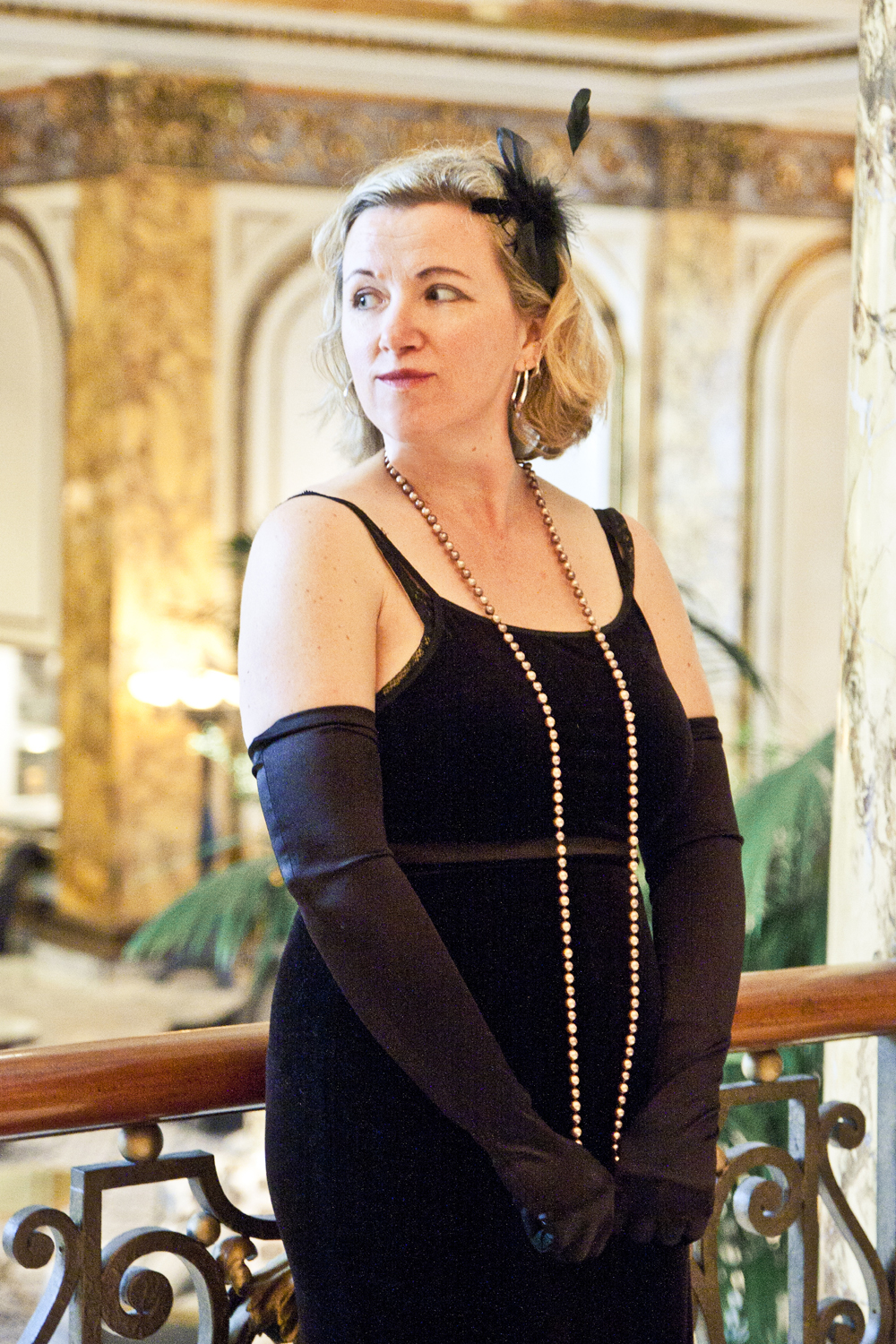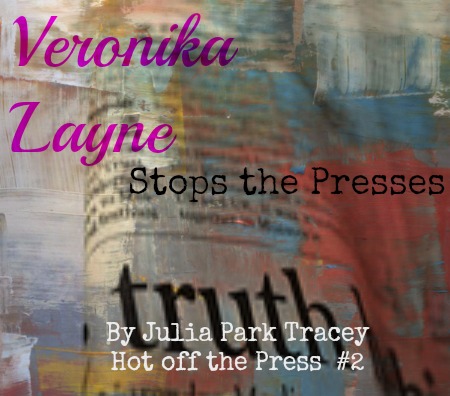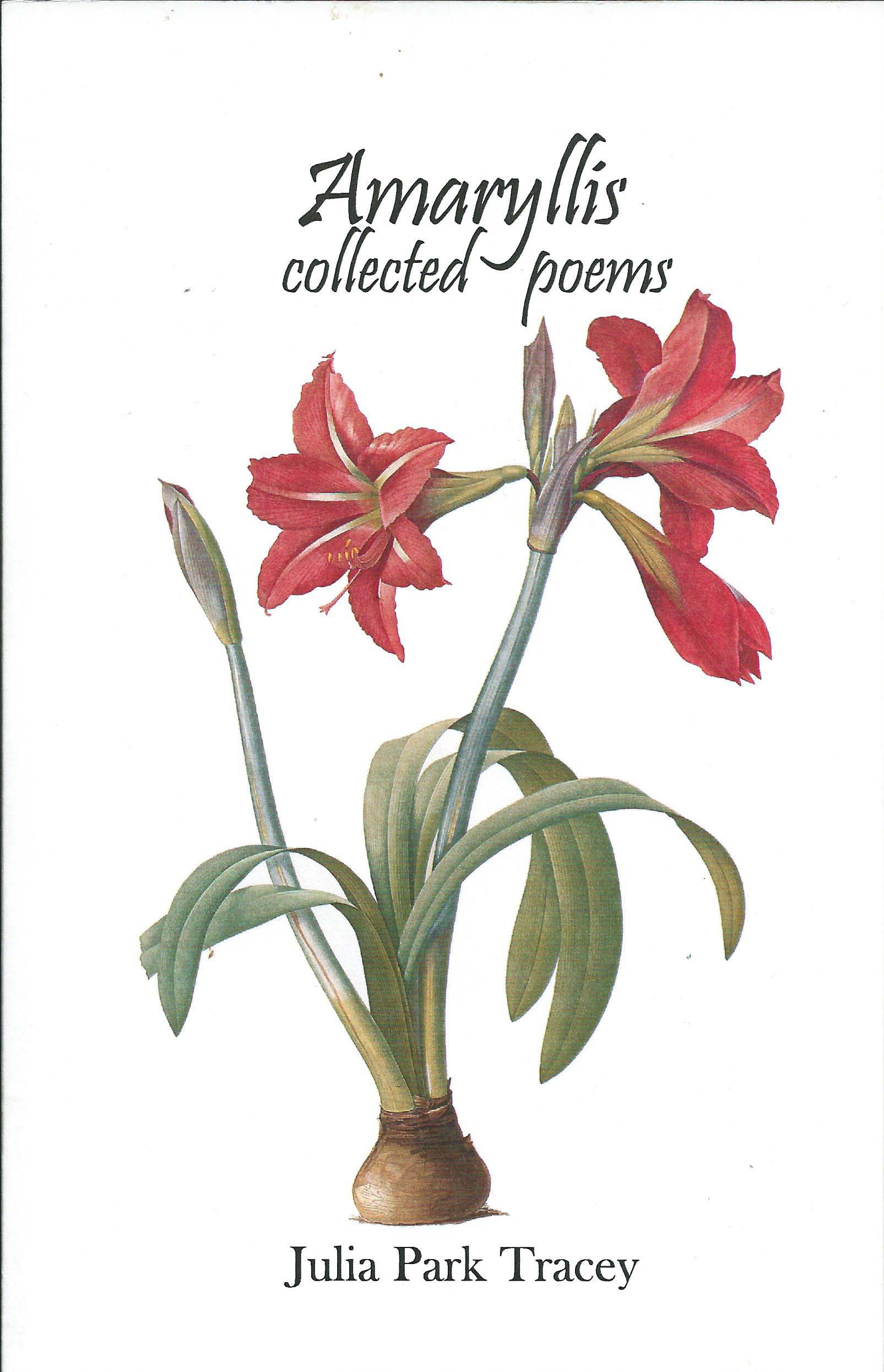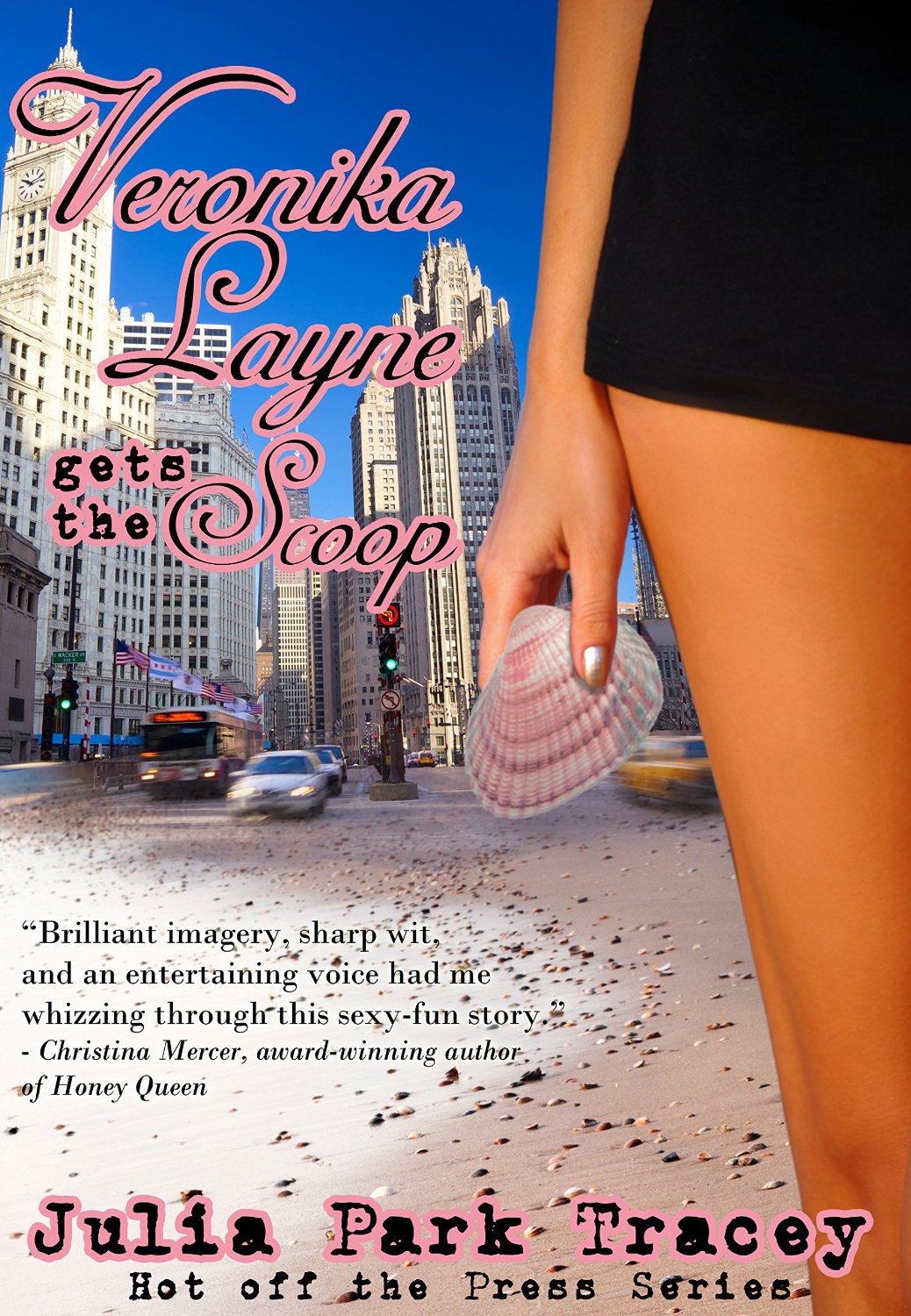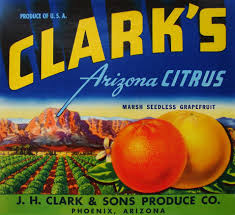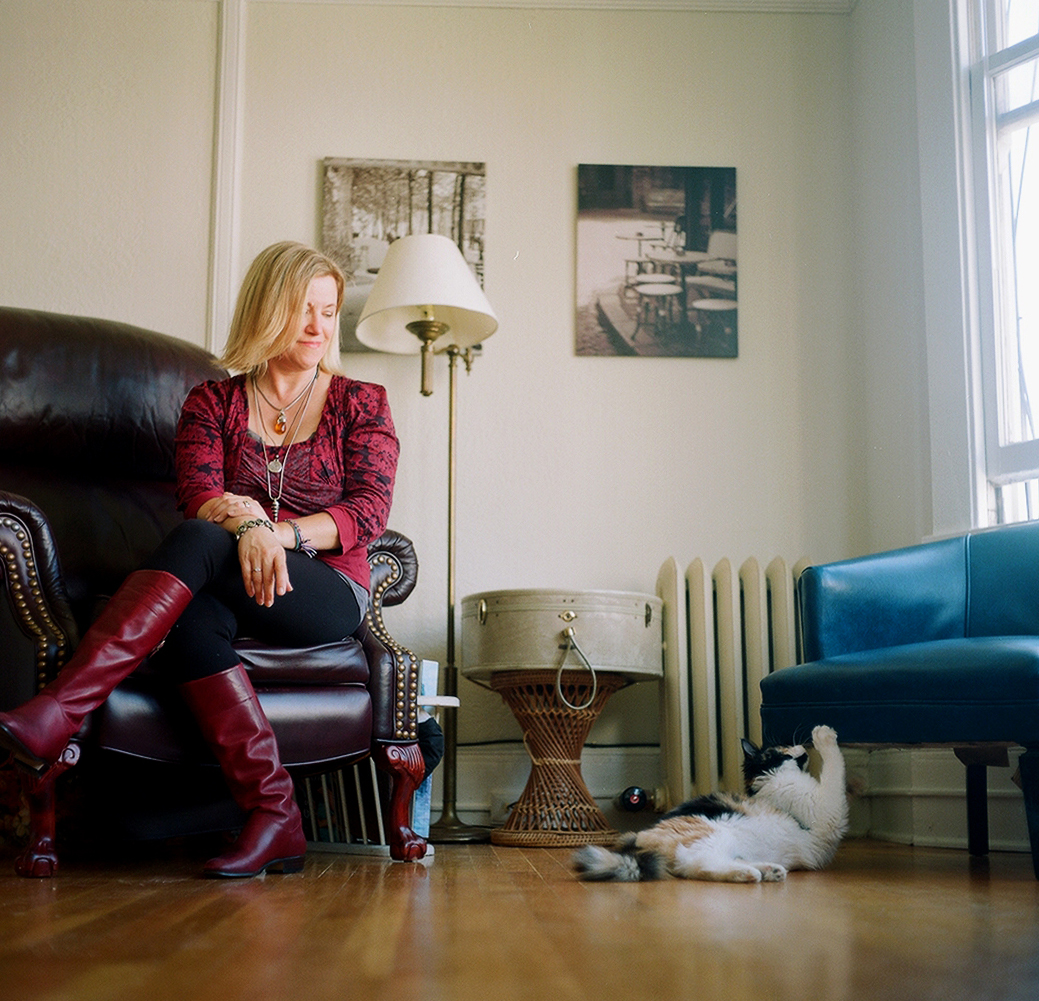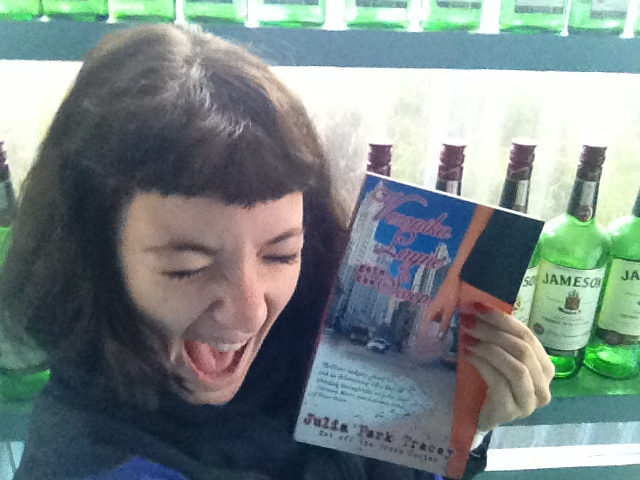-
A word about Silence
She’s finally coming to light. My beloved Silence: a novel I have been working on for at least five years and which I have dreamed of writing for almost ten years–she is coming out into the open, publishing on Sept. 24, 2024. This woman — this character. I am not overstating my adoration for her, when I say that I believe this is the best book I have written yet. And I love all my books! But this one–hello! How will I ever surpass it? How will I move on from living in the world of this beauty? I loved researching her life. I loved learning about colonial medical practices…
-
Book Club Inquiry
I love book clubs and have been a member of one myself. I would love to come and visit your book club either virtually or physically (in the Sacramento/Foothills area). Connect with me through Novel Network: All book club scheduling is done via Novel Network. This is a free service that arranges a 30-minute online visit either by FaceTime, Skype, or phone. The visit is free and so is your membership. There is, however, a small fee for longer, one-hour online and/or in-person visits. Please click here to sign up for your Novel Network membership and to request an in-person or online visit to your book club. Thank you!
- Books, Contest, gratitude, marketing, News, novel, Orphan Train, Sibylline Press, The Bereaved, writing
Goodreads Giveaway throughout August!
The Bereaved comes out in August, and the launch party is days away. I wanted to share some fun stuff with you. For one, there’s a Goodreads Giveaway going now through the end of the month. (Click the link there to enter.) No charge to enter, of course. Don’t be silly. Of course I want you to win a copy! Then there’s The Bereaved book trailer. I’m working on posting it to the site here; it goes live on Friday on social media. Which, by the way, for me now is mostly Facebook, Instagram, and Threads, although I am definitely on TikTok, and I have a toe in the water…
- Appearances, authors, book biz, Books, Cancer, gratitude, News, Orphan Train, reviews, Sibylline Press, The Bereaved, writing
Tick Tock
Countdown is on for my book launch — August 8, in Grass Valley, 6-8 pm, at the UUCM: Unitarian Universalist Community of the Mountains. I’m ordering cake! I’m placing ads! You like cake, don’t you? We’ve been collecting reviews, including this starred review: Tracey does a masterful job in this novel, developing Martha as a relatable narrator; readers will find that their spirits rise and fall with hers. For the most part, her life in the city is almost too wrenching to witness. The most painful aspect of the story, wonderfully handled by Tracey, is its depiction of the casual cruelty of the righteous folk who think they should be…
-
Excitement Builds…
It has been a long winter and spring, and we are finally in the home stretch before The Bereaved arrives at bookstores and Kindles everywhere. Excited? YES. Happy? Thrilled! Nervous? Not really. Tired? Energized! Big plans? Yes! I loved this “Eye” artwork and was so happy when Sibylline’s art director chose to use it on the cover. I’m leaving the cover image large so you can see the details, and I’ll tell you more about it. Take a look at how it turned out: The theme is Victorian mourning, and the Eye artwork centers the book cover. The background is a flocked Victorian wallpaper. It was more golden in an…

